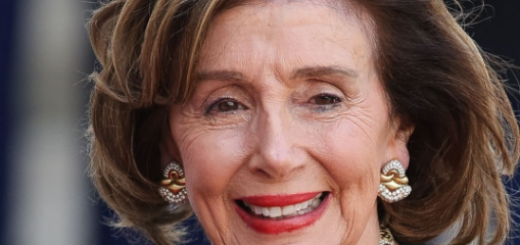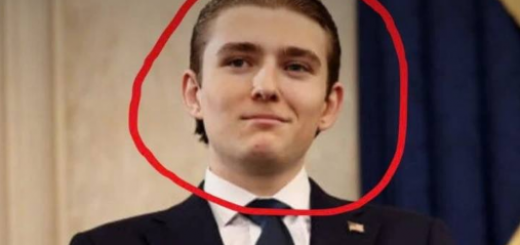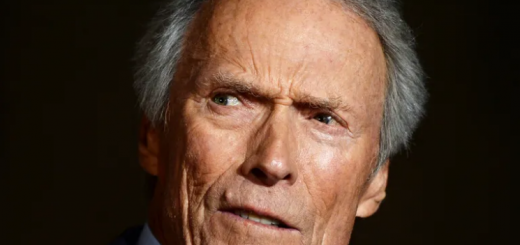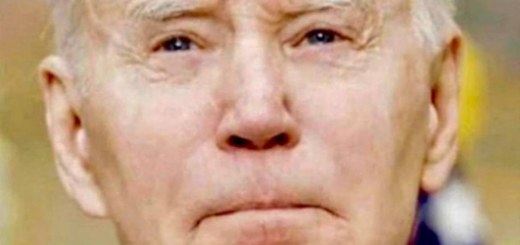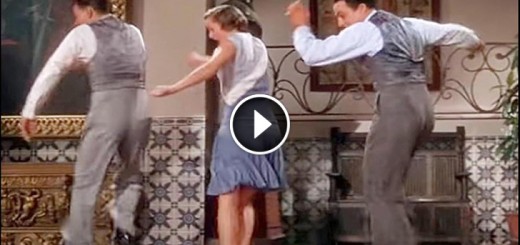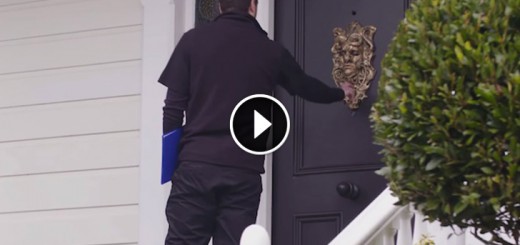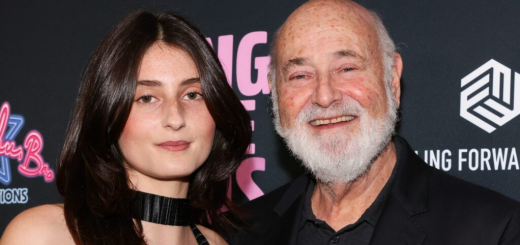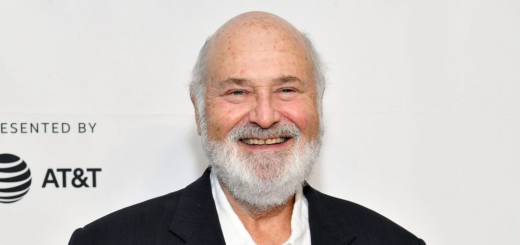Former White House Doctor Raises Alarms Over President’s Health — What’s Really Going On?
A recent trip to Walter Reed National Military Medical Center by the 79-year-old president has ignited fresh questions about his health—even though his physician insists all is well.
According to a memo from the president’s doctor, Sean Barbabella, the president underwent “advanced imaging, laboratory testing, and preventive health assessments” at Walter Reed, and emerged reportedly in “excellent overall health” with a cardiac age about 14 years younger than his chronological age.
The president himself told reporters aboard Air Force One:
“I did, I got an MRI. It was perfect.”
But one voice of concern refuses to stay quiet: former White House physician Jeffrey Kuhlman – who served under multiple administrations – has publicly questioned whether the official version tells the full story.
What Kuhlman says
Dr. Kuhlman points to the timeline of the visit: the short helicopter ride from the South Lawn to Walter Reed should have allowed the president only a brief window for tests—but the visit reportedly lasted hours. He remarks:
“Most any procedure scope, I had the capabilities there at the White House. The only thing I couldn’t … is advanced imaging.” And:
“It’s about an eight-minute helicopter ride … so we know that he at least had four hours available to undergo medical care. There’s a disconnect there.”
Why this matters
– The president is the oldest person ever elected to that office, so public interest in his health is naturally high.
– Routine physicals typically do not involve MRI scans unless specific concerns are present. An MRI can detect serious conditions such as tumors, joint lesions or vascular issues.
– The lack of clarity around why the scan was done, what exactly was imaged, and what was found has fueled speculation and concern among medical commentators.
The official line
Dr. Barbabella’s memo emphasizes “exceptional” lab results, stable metabolic, hematologic and cardiac parameters, and no abnormalities found in the exams shared.
The White House frames the October visit as part of the president’s ongoing health maintenance program.
The key questions
Why was the MRI necessary if the president had recently had a full physical earlier in the year?
Why did the publicly‐released summary avoid spelling out “MRI” or share more detail on what was imaged or why?
Is the discrepancy between the claimed simplicity of the visit and the duration of the stay significant?
Final thought
Whether you view the president as being in robust health or believe there’s more beneath the surface, the conversation highlights a broader truth: when a leader’s medical status is in question, transparency and clarity matter.
The public has a right to meaningful information. And physicians—especially those who have cared for those at the highest level—have a voice worth listening to.

